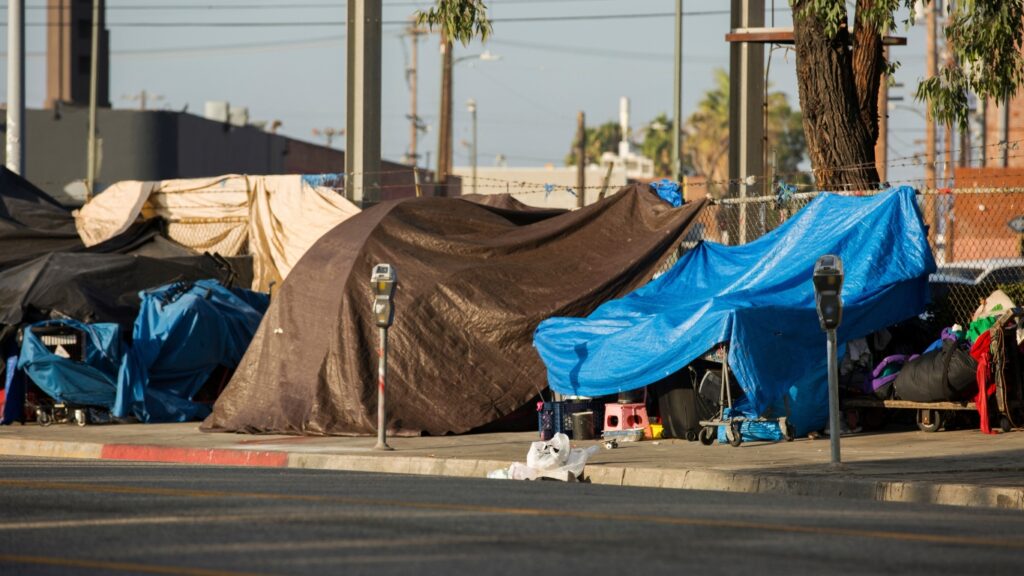
Understanding the Growing Crisis of Homelessness in America: A Closer Look at HUD’s Report
Introduction:
In the wake of recent data released by the Department of Housing and Urban Development (HUD), the reality of homelessness in America has once again come into sharp focus. According to HUD’s report, on a single night in 2023, approximately 653,100 individuals experienced homelessness across the United States. This figure marks a troubling increase of about 12 percent from the previous year, highlighting the escalating crisis that continues to afflict communities nationwide.

The statistics provided by HUD serve as a sobering reminder of the persistent challenges faced by those who are without stable housing. Behind each number lies a human story – a story of struggle, resilience, and the urgent need for systemic solutions. As we delve deeper into these findings, it becomes evident that addressing homelessness requires not only immediate interventions but also a comprehensive understanding of its root causes. One crucial aspect to consider is the intersectionality between homelessness and poverty. The Current Population Survey Annual Social and Economic Supplement revealed that the official poverty rate in 2022 stood at 11.5%, a figure that remained relatively unchanged from the previous year. While these numbers may not show a significant shift, they underscore the ongoing economic disparities that contribute to housing instability and homelessness.

The correlation between poverty and homelessness highlights the interconnected nature of social issues within our society. Factors such as lack of affordable housing, insufficient access to healthcare, and limited employment opportunities exacerbate the cycle of poverty and homelessness for many individuals and families. Without addressing these underlying systemic issues, efforts to combat homelessness will remain fragmented and ineffectual. Moreover, it is essential to recognize that homelessness is not solely a product of economic hardship but is also influenced by a myriad of other factors, including mental illness, substance abuse, domestic violence, and systemic racism. These complex dynamics underscore the importance of adopting a holistic approach that addresses the multifaceted needs of those experiencing homelessness. In light of HUD’s report, it is evident that a concerted effort is needed to address the escalating crisis of homelessness in America. This requires a combination of short-term interventions, such as increasing access to emergency shelters and supportive services, as well as long-term strategies aimed at addressing the root causes of homelessness.

Investments in affordable housing, mental health services, and job training programs are crucial steps toward providing individuals and families with the support they need to rebuild their lives and attain stable housing. Additionally, policies that prioritize equity and social justice are essential for dismantling the systemic barriers that perpetuate homelessness among marginalized communities. As we reflect on the findings of HUD’s report, it is incumbent upon us as a society to confront the harsh realities of homelessness with compassion, empathy, and a commitment to meaningful action. By coming together to address the underlying causes of homelessness and to provide support and resources to those in need, we can work towards creating a more just and equitable society where everyone has a place to call home.

